#ww2 dive bombers
Explore tagged Tumblr posts
Text

A Staffel (squadron) of Junkers Ju 87B Stukas from 7./StG 77, Battle of Britain, 1940. For more, see my Facebook group - Eagles Of The Reich
75 notes
·
View notes
Text

Stuka over Stalingrad
@AcePilotAV via X
96 notes
·
View notes
Text

1944 Helldiver giving a look at it's bomb bay during a pass at the 2016 Wings Over Houston Airshow
#Curtiss#SB2C-5#Helldiver#Dive bomber#WW2 aircraft#Warbird#vintage warbird#airshow photos#aviation#aviation photography
75 notes
·
View notes
Text

German ground crew work on Ju87 Stukas as they are readied for action - Northern France 1941
#world war two#ww2#worldwar2photos#history#1940s#ww2 history#wwii#world war 2#ww2history#wwii era#northern France#France#1941#stuka#ju87#ground crew#aviation#dive bomber
108 notes
·
View notes
Text
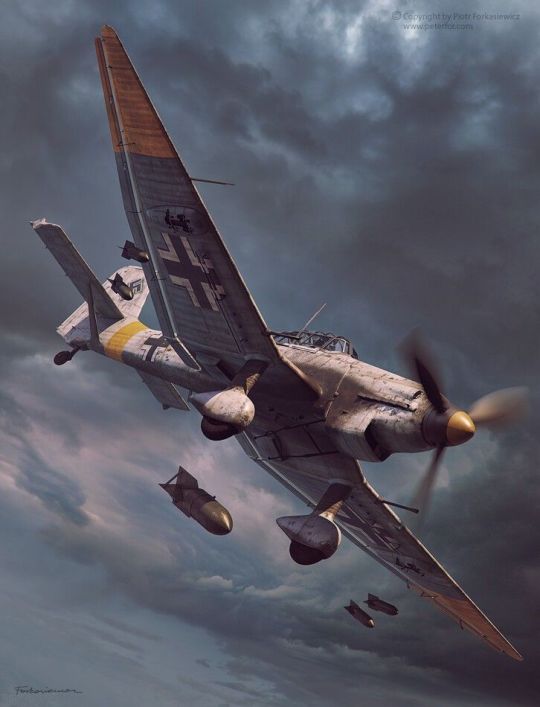
JU 87 Stuka
#world war 2#world war ii#wwii#ww2#aviation#warbird#history#bomber#dive bomber#stuka#ju 87#art#aviation art
488 notes
·
View notes
Text

Douglas SBD Dauntless en formation au-dessus du Pacifique - Guerre du Pacifique - 1940's
©Life Magazine
#WWII#ww2#guerre du pacifique#pacific war#marine américaine#us navy#pacific fleet#aviation militaire#military aviation#bombardier en piqué#dive bomber#douglas sbd dauntless#sbd dauntless#dauntless#océan pacifique#pacific ocean#1940's#1940s
20 notes
·
View notes
Text
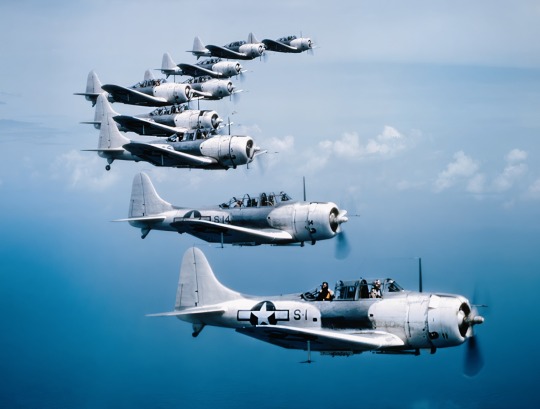
A formation of U.S. Marine Corps Douglas SBD-5 Dauntless dive bombers from Marine Scouting Squadron 3 (VMS-3) "Devilbirds" in flight near the Virgin Islands. 1943.
➤➤HD IMAGE: https://dronescapes.video/SBD5
#SBD-5#dauntless#U.S. Marine#youtube#aircraft#airplane#aviation#dronescapes#military#documentary#aviation history#ww2#wwii#u.s. marines#Dive Bombers#Virgin Islands#military history#world history#history#aviation photography#aviation lovers
67 notes
·
View notes
Text

7 December 1941. Aichi D3A1 Type 99 Model 11 ‘Val’. The primary dive bomber of the Imperial Japanese Navy, it was involved in almost all their actions, including the attack on Pearl Harbour.
@ron_eisele via X
#d3a val#aiachi aviation#dive bomber#aircraft#ww2 history#ww2 aircraft#ww2#pacific theater#imperial japanese navy#ww2 aviation#wwii aircraft#wwii planes
13 notes
·
View notes
Text

Painting l did in 2021.
Vought F4U Corsair of the Royal Navy Fleet Air Arm off the coast of Japan in July 1945.
Acrylic on paper 40 x 29cm
@PeteHill854 via X
#corsair iv#royal navy aircraft#ww2 aviation#faa#ww2 aircraft#ww2 history#ww2 photo#aviation photography#aircraft#aviation#d4y3 Judy dive bomber
22 notes
·
View notes
Text
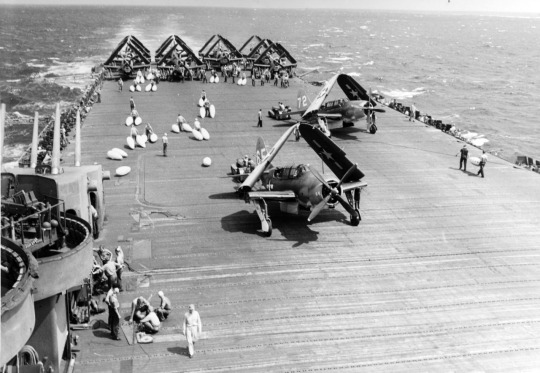
Loading drop tanks on Curtiss SB2C Helldivers aboard USS LEXINGTON (CV-16) before a search mission.
Photographed on October 25, 1944.
U.S. Naval History and Heritage Command: 80-G-284381
#USS Lexington (CV-16)#USS Lexington#Essex Class#Aircraft Carrier#Carrier#Warship#Ship#United States Navy#U.S. Navy#US Navy#USN#Navy#World War II#World War 2#WWII#WW2#WWII History#History#Military History#Battle of the Sibuyan Sea#Battle of Leyte Gulf#Tablas Strait#Philippines#Philippines campaign#Pacific Theater#October#1944#Curtiss SB2C Helldiver#Dive bomber#my post
88 notes
·
View notes
Text
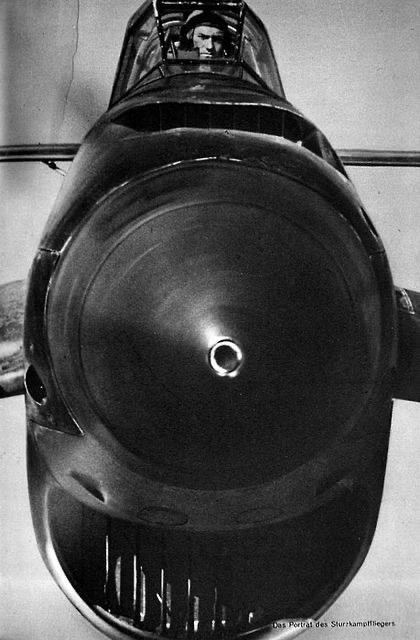
Junkers JU 87 "Stuka"
106 notes
·
View notes
Text
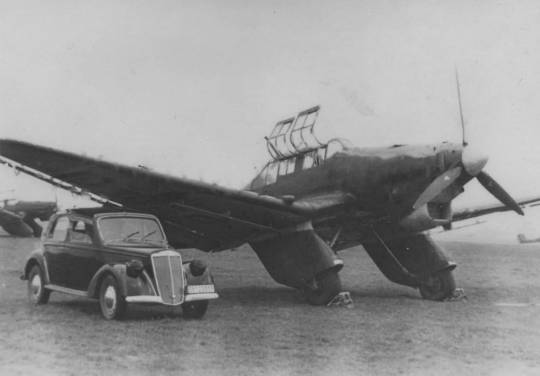
Junkers Ju 87A Stuka, unit, location and date unknown. Early model Stukas had these very large wheel coverings, which were removed from the B model onwards and replaced with more streamlined versions. Car ( the pilots?) is possibly a '37 Lancia Aprilla. For more, see my Facebook group - Eagles of the Reich
#germany#ww2#luftwaffe#junkers#ju 87#ju 87a#stuka#lancia#lancia aprilla#ww2 aircraft#ww2 dive bombers#dive bomber
120 notes
·
View notes
Text

Helldiver 🇺🇸
@AcePilotAv via X
#sb2c Helldiver#Curtiss Wright Aviation#dive bomber#aircraft#navy#aviation#us navy#carrier aviation#ww2
83 notes
·
View notes
Text
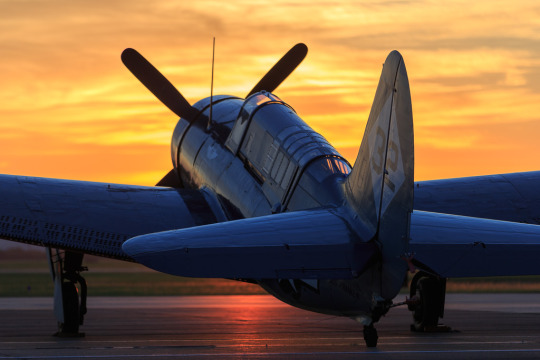
A Helldiver watching the sunset at Ellington Field
#Curtiss#SB2C#Helldiver#Dive Bomber#Bomber#aviation photography#WW2 bomber#airplane#plane#vintage aircraft
100 notes
·
View notes
Text

The male mind simply cannot comprehend the female obsession with the Junkers “Stuka” JU87.
#stuka#dive bomber#siren#luftwaffe#world war ii#world war 2#female gaze#male mind control#wwii planes#fighter plane#ww2 history#cod wwii#cod ww2#bofb
6 notes
·
View notes
Text

My latest acrylic.
French Morane MS.406 fighter engaging a Ju-87 over Sedan, May 1940.
Acrylic on paper 40 x 29cm.
@petehill854 via X
#ms.406#french air force#fighter#ju-87 Stuka#junkers aviation#dive bomber#luftwaffe#ww2 aviation#ww2 history#ww2 aircraft#ww2 photo#wwii planes#wwii aircraft#ww2
4 notes
·
View notes